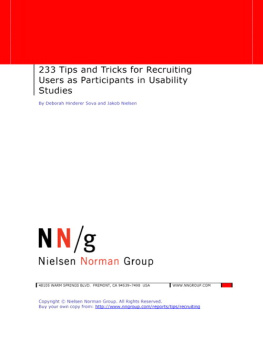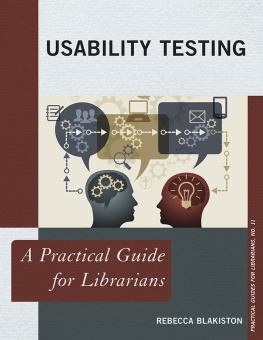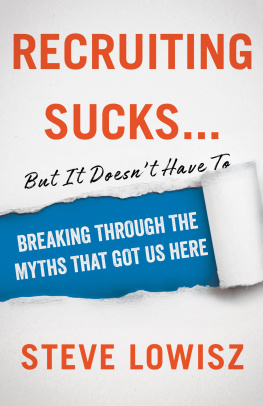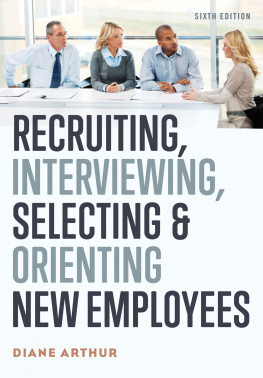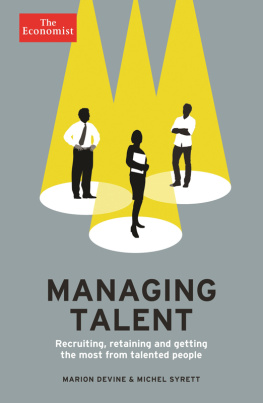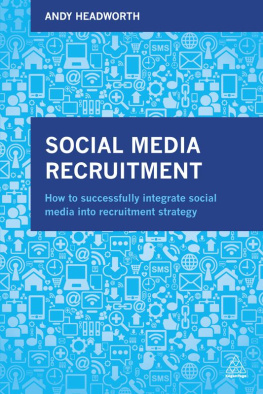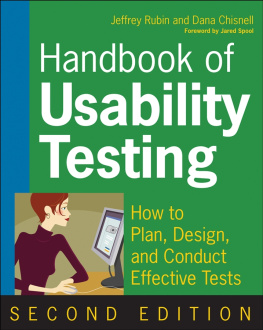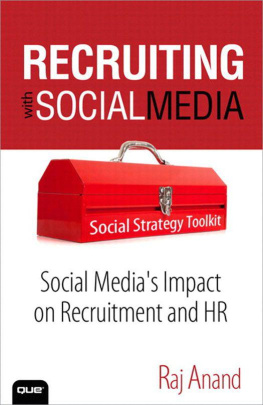Nielsen Norman Group - 233 Tips and Tricks for Recruiting Users as Participants in Usability Studies
Here you can read online Nielsen Norman Group - 233 Tips and Tricks for Recruiting Users as Participants in Usability Studies full text of the book (entire story) in english for free. Download pdf and epub, get meaning, cover and reviews about this ebook. City: Place of publication not identified, year: 2010, publisher: New Riders, genre: Politics. Description of the work, (preface) as well as reviews are available. Best literature library LitArk.com created for fans of good reading and offers a wide selection of genres:
Romance novel
Science fiction
Adventure
Detective
Science
History
Home and family
Prose
Art
Politics
Computer
Non-fiction
Religion
Business
Children
Humor
Choose a favorite category and find really read worthwhile books. Enjoy immersion in the world of imagination, feel the emotions of the characters or learn something new for yourself, make an fascinating discovery.
- Book:233 Tips and Tricks for Recruiting Users as Participants in Usability Studies
- Author:
- Publisher:New Riders
- Genre:
- Year:2010
- City:Place of publication not identified
- Rating:3 / 5
- Favourites:Add to favourites
- Your mark:
233 Tips and Tricks for Recruiting Users as Participants in Usability Studies: summary, description and annotation
We offer to read an annotation, description, summary or preface (depends on what the author of the book "233 Tips and Tricks for Recruiting Users as Participants in Usability Studies" wrote himself). If you haven't found the necessary information about the book — write in the comments, we will try to find it.
Abstract: Participant recruiting for usability studies is the unglamorous foundation for all user testing. Having a systematic recruiting program in place will make a huge difference in the amount of usability testing conducted in your organization and the quality of your recruits with an immediate impact on the quality of the test results. This report from the Nielsen Norman Group tells you how to set up and manage a recruiting program, how to get the right users for specific tests, and how to deal with the users you have recruited. It also presents advice on when to outsource to a recruiting agency (for a fee) and when to use in-house recruiting
Nielsen Norman Group: author's other books
Who wrote 233 Tips and Tricks for Recruiting Users as Participants in Usability Studies? Find out the surname, the name of the author of the book and a list of all author's works by series.

